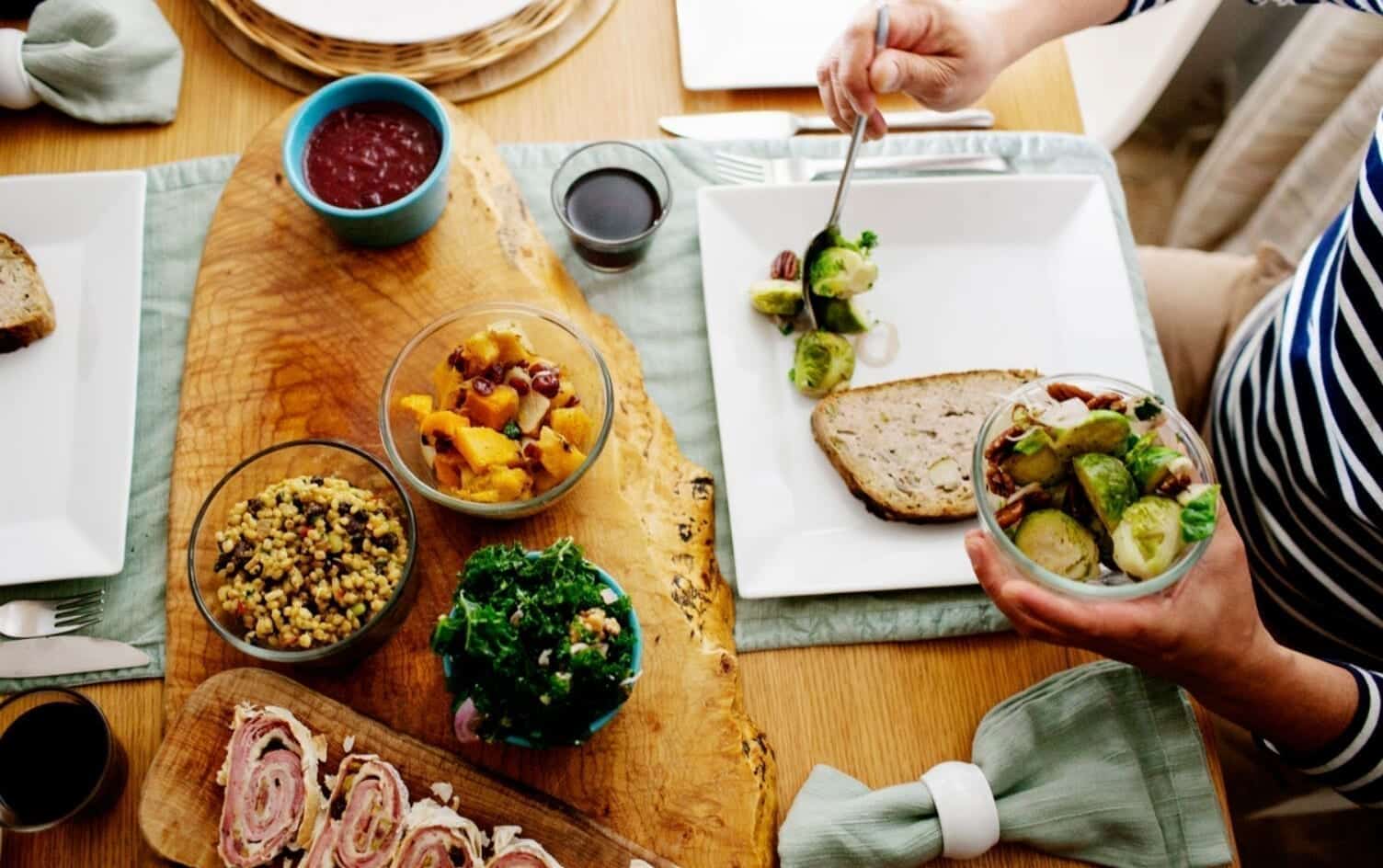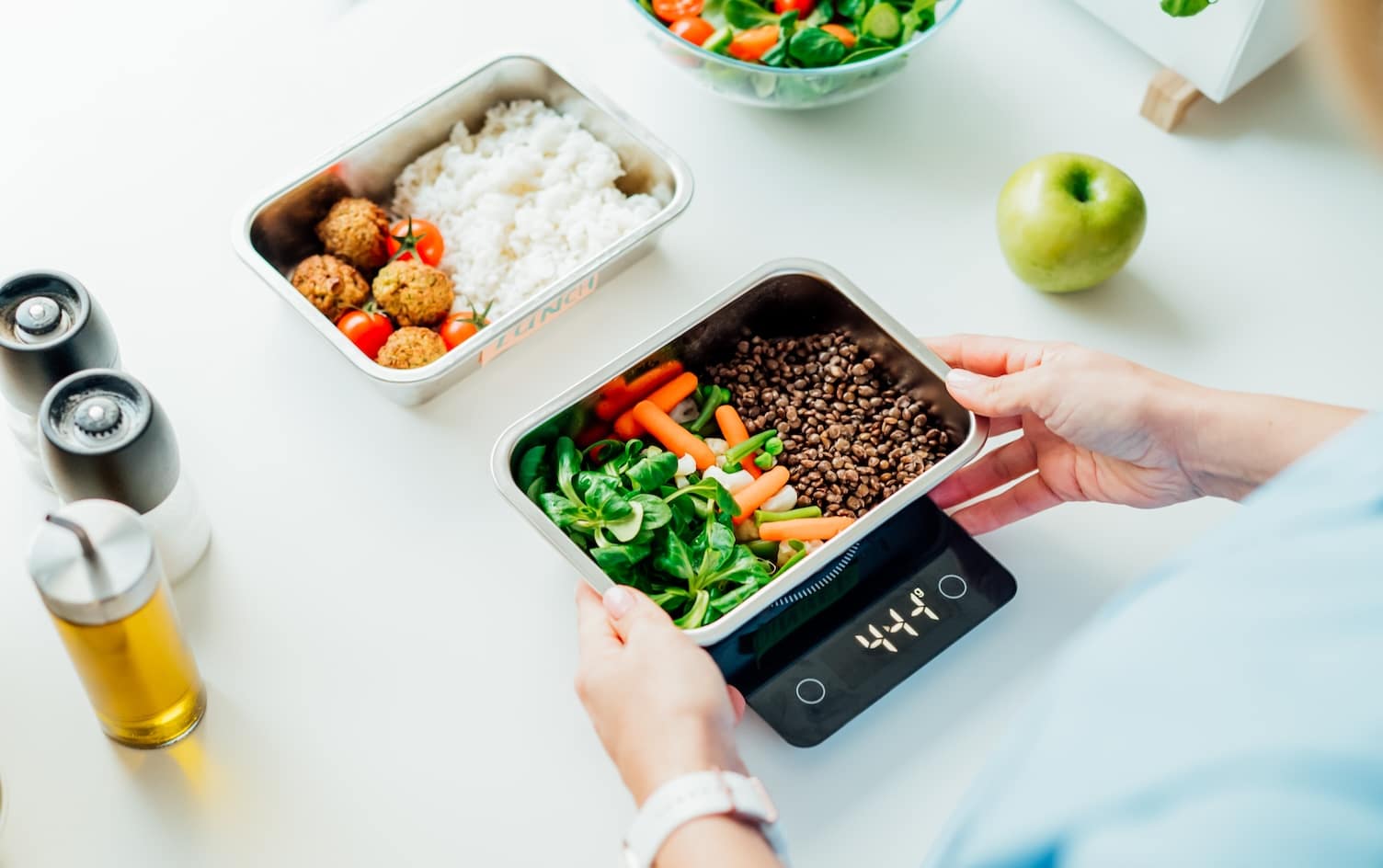We’ve been taught from a young age that milk, and its calcium content, is essential for building strong bones. As adults, we may have stopped growing vertically, but calcium is still important for maintaining healthy bones. While tipping two tall glasses of milk gives you enough calcium for the day, for some of us, this is just not possible. Why?
- Lactose Intolerance: People with lactose intolerance lack adequate lactase—an enzyme that digests lactose, a milk sugar. Many tend to develop this common intolerance as they age. With less lactase, lactose remains trapped in the gut with our gut bacteria. The bacteria digests this lactose and releases gas, causing uncomfortable cramps, gurgles and the runs.
- Milk Protein Allergies: True milk protein allergies are less common than lactose intolerance, but certainly more severe. Someone with this allergy cannot eat casein, whey or both, and must be cautious that his or her diet doesn’t contain any traces of milk.
- Personal Preference: For some, including vegans, consuming animal products is just not desirable.
Cow’s milk provides 300 milligrams of calcium per 1 cup serving, meeting anywhere from 20 to 30% of your daily needs. Calcium needs vary with age, but keep in mind that adults need about 1,000 milligrams per day, adolescents need 1,300 milligrams per day, and older adults (age 71+) need 1,200 milligrams/day. It’s tough to top cow’s milk from a calcium standpoint, but if you’re lactose intolerant, aged cheese and yogurt could be your go-to option. Because of the way these two foods are made, the bacteria in these products will have digested much of the lactose for you.
For vegans and those with milk protein allergies, let’s think outside the cow’s milk carton:
1. Non-Dairy Milk is quite trendy these days, with almond, rice and soy milk debuting near the dairy aisle. While they may not initially be calcium-rich, milk alternatives are often fortified. Look for “calcium-fortified” varieties because these will give you similar levels of calcium compared to cow’s milk. Whatever your food preference, you can find a milk alternative for it.
| MILK ALTERNATIVES (per 1 cup serving) | |||
| Food | Calcium | Calories | %DV* |
| Almond milk, calcium fortified | 451 | 90 | 45% |
| Soy milk, calcium fortified | 299 | 80 | 30% |
| Rice milk, calcium fortified | 283 | 113 | 28% |
*%Daily Value is based on needs of 1,000 milligrams/day.
2. Tofu (Serving: ½ cup | Calories: 94, Calcium: 434 mg, %DV: 43%)
Tofu is made by extracting protein from soy milk, and is used as a popular meat substitute among vegetarians and vegans. With tofu, you’re getting calcium plus lean protein. Tofu made with calcium sulfate is the most calcium-rich. To get you cooking with tofu, here are two delicious recipes for fried rice and huevos rancheros.
3. Tempeh (Serving: ½ cup | Calories: 160, Calcium: 92 mg, %DV: 9%)
This fermented food is made of soybeans bound into a thick cake. You’ll get a dose of fiber along with calcium and protein from this less well-known meat substitute. If you have an adventurous palate, check it out!
4. Edamame (Serving: 1 cup | Calories: 189, Calcium: 98 mg, %DV: 10%)
These “green soybeans” are a popular appetizer in sushi restaurants, and are a good source of calcium that you can purchase frozen at the store. Toss them into a quick stir-fry dish or reheat with a dash of salt for a calcium-rich snack.
| SOY PRODUCTS | |||
| Food | Calcium | Calories | %DV |
| Tofu, prepared with calcium (½ cup) | 434 | 94 | 45% |
| Soy milk, calcium fortified | 299 | 80 | 43% |
| Tempeh (½ cup) | 92 | 160 | 9% |
| Edamame (1 cup) | 98 | 189 | 10% |
5. Collard Greens (Serving: 1 cup cooked | Calories: 63, Calcium: 268 mg, %DV: 27%)
Cooked collard greens are a good source of calcium, providing 268 mg in a 1 cup serving. This leafy vegetable is mild in flavor and can also be used as a gluten-free, low-carb wrap.
6. Spinach (Serving: 1 cup cooked | Calories: 41, Calcium: 245 mg, %DV: 25%)
Spinach packs a surprising calcium punch, delivering 241 mg in just a ½ cup cooked portion. Lucky for you, it’s also a versatile vegetable to cook with. Try this tasty recipe for black bean spinach quesadillas.
7. Okra (Serving: 1 cup cooked | Calories: 35, Calcium: 123 mg, %DV: 12%)
Okra is high in fiber, low in calories, and packs plenty of vitamins and minerals, including calcium. To cut down on its slick texture, use an acid (lemon, lime or vinegar) in your seasoning. Check out this recipe for oven-fried okra—it’s a great substitute for fries.
8. Broccoli (Serving: 1 cup cooked | Calories: 55, Calcium: 62 mg, %DV: 6%)
There are many good reasons to eat broccoli, and now you have one more. Broccoli supplies a decent amount of calcium, and it’s easy enough to cook broccoli (you can even microwave it!), so try your hand at this broccoli salad.
9. Arugula (Serving: 1 cup raw | Calories: 5, Calcium: 32 mg, %DV: 3%)
This salad green has a spicy kick, and at 5 calories per serving, packs a mini calcium punch. Sub arugula salad in place of recipes that use blander cousins like romaine and iceberg lettuce.
| LEAFY GREENS | |||
| Food | Calcium | Calories | %DV |
| Collards, cooked (1 cup) | 268 | 63 | 27% |
| Spinach, cooked (1 cup) | 245 | 41 | 25% |
| Okra, cooked (1 cup) | 123 | 35 | 12% |
| Broccoli, cooked (1 cup) | 62 | 55 | 6% |
| Arugula (1 cup) | 32 | 5 | 3% |
10. Canned Fish
Canned fish is a great calcium-rich option: It’s lean, inexpensive, and gives you protein to boot. Purchase them when possible with the bones possible since this is where most of calcium is found. You can use canned fish to add flavor to sauces, or shape them into high-protein burger patties.
| CANNED FISH (per 3 ounce serving) | |||
| Food | Calcium | Calories | %DV |
| Sardines, canned with bones | 216 | 166 | 22% |
| Mackerel, canned without bones | 205 | 133 | 21% |
| Salmon, canned with bones | 181 | 118 | 18% |
11. Dried Figs (Serving: ½ cup | Calories: 186, Calcium: 150 mg, %DV: 15%)
Dried figs are sweet, delectable and available year round. They’re an adequate source of calcium as a snack, but really watch the serving size because you’ll have to eat 371 calories worth of figs to get the same calcium as a cup of milk.
12. Fortified Orange Juice (Serving: 1 cup | Calories: 117, Calcium: 300 mg, %DV: 30%)
Fortified orange juice is another beverage option for you to get your calcium. Just be mindful of the high sugar content in juice.
| OTHER | |||
| Food | Calcium | Calories | %DV |
| Figs, dried (1 cup) | 300 | 371 | 15% |
| Orange juice, fortified (1 cup) | 300 | 117 | 30% |
How do you get your calcium? Share your thoughts below.




